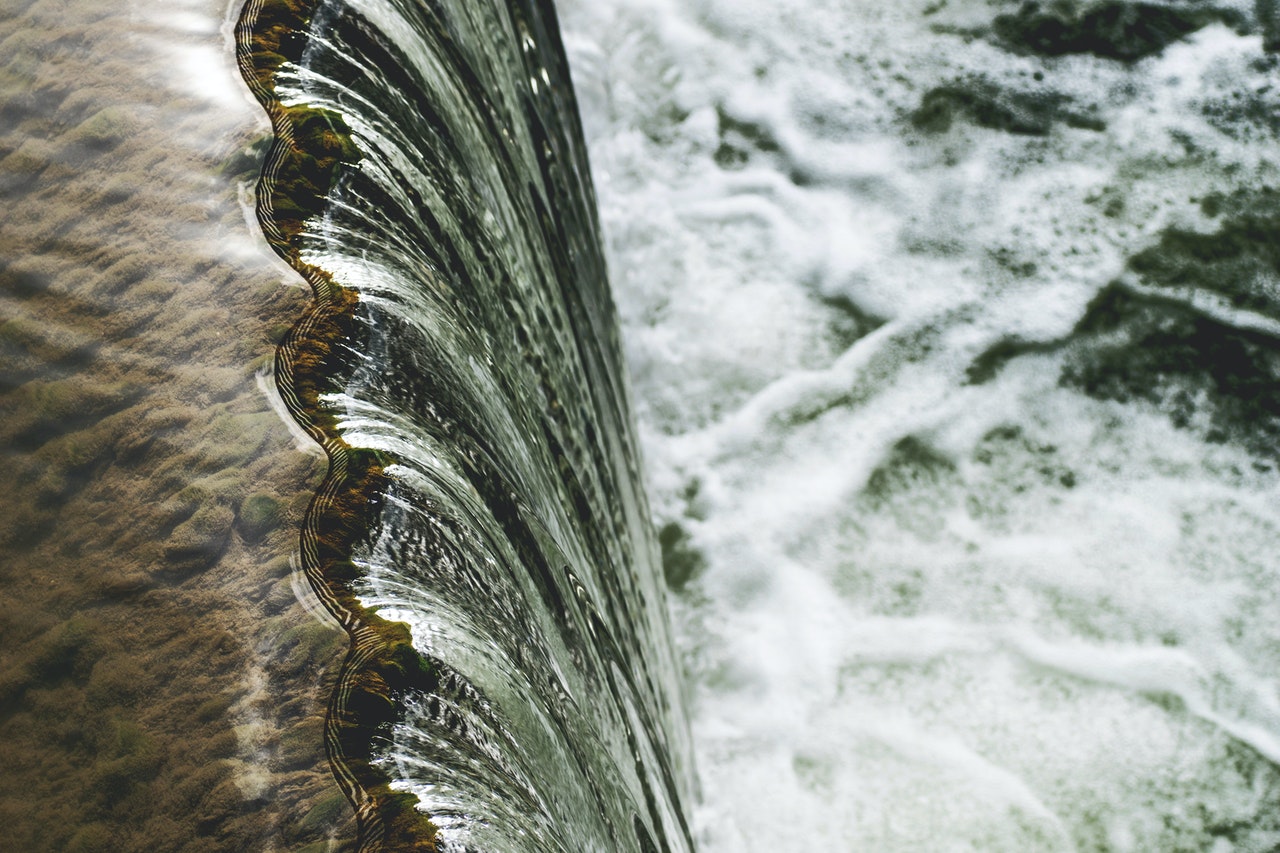The Estonian state energy concern Eesti Energia has started preliminary design and preparation of environmental impact assessment documentation for the construction of Estonia’s first pumped storage power plant with a capacity of up to 225 MW.
“The pumped hydroelectric power plant, planned in the industrial area of the Estonian Shale Mine in Ida-Virumaa, is a large-scale closed-loop project that uses crushed limestone and closed shaft tunnels created by oil shale mining. The plant acts as a powerful accumulator, helping to provide energy security, as well as the stability of the energy system during its launch,” the concern’s press service said.
“The upper reservoir will be built on a waste rock foundation, and a closed mine will be used as the lower reservoir. When there is a lack of electricity, water from the upper reservoir will flow to the turbine and further to the lower reservoir, and when electricity is cheap, water will be pumped back,” the company said.
The station will start operating in 2026. It is planned that the PSP will contribute to ensuring the country’s energy security after the networks are desynchronized with the Russian energy system.
“In connection with the planned connection to the continental European power grid no later than 2026, it is essential that the necessary energy markets, production, and storage assets are created in the Baltic countries, with the help of which it is possible to ensure the security of supply. Our pumped-storage power plant in the mine will be ready to enter the market in 2025-2026,” Margus Vals, Member of the Management Board of Eesti Energia, said through the press office.
“Renewable energy generation is inherently unstable, and the production forecast can be very different from what wind and solar power plants will produce. To cope with this, the power system must have production assets that can respond quickly to ensure balance and consumption frequency, ” he added.
Based on the results of the preliminary design, the size and return on investment will be specified, and during the EIA it will become clear what environmental requirements and conditions must be taken into account during construction.
As reported, Eesti Energia plans to invest about 2.5 billion euros in development in 2022-2026.

